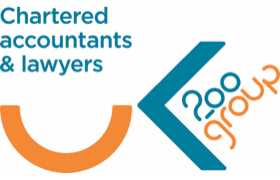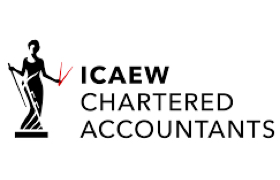Are there any benefits of adopting the ESFA’s Chart of Accounts?
- 23rd May 2022
As most of you will be aware by now, the Department for Education (DfE) devised a standard chart of accounts (CoA) for Academies in 2019. The new CoA is the DFE’s standard for financial data that will feed into both the Budget Forecast Return and the Academies Accounts Return. Essentially, by adopting the CoA, Trusts are using the DfE’s ledger account codes for income, expenditure, assets and liabilities.
It is not yet mandatory for Trusts to adopt the CoA, due to some of the costs involved, but it has not been ruled out that it could become mandatory in the future.
The DfE are currently working with a broad range of FMS software suppliers to develop the CoA, and the suppliers included so far are; Access Education/HCSS, Bromcom, ESS (formally Capita SIMS/FMS), Civica Corero, Hoge 100, IRIS (formally PS Financials), Oracle, Sage, Xero vie Thorne Widgery.
If you haven’t already adopted the CoA, you are probably wondering what the benefits are to your Trust?
- Having the ability to map directly to the Accounts Return and Budget Forecast Returns;
- It will enable Trusts to make use of the DfE’s application programme interface (API) toll for pre-populating the Accounts Return, by automatically completing up to 80% of the return. The return will now state on the face of the return which figures are automated and which have been modified;
- Enables the use of automated draft financial statements via API, the DfE have stated this will be available from September 2022 and can be downloaded into Excel;
- Reduces subjectivity surrounding income and expenditure coding across the sector making the ESFA’s benchmarking data more consistent and reliable;
- Has the potential for efficiency savings for the reduction in data entry time and therefore less time involvement from staff; and
- Greater interrogation of data at SLT / Trust level.
Whilst there will be a financial cost and investment of time required to implement the CoA (either within your existing software, or through adopting a new one) it will help to increase the reliability of benchmarking data comparisons within your Trust and across the sector. As at January 2022, a total of 26% of Trusts have already adopted the CoA, with the expectation that by August 2022 we will see an even larger percentage of Trusts implementing it.
It is also important to note that the DfE have reported that in the future, the Accounts Return excel workbook may not be supported going forward. By being able to export a mapping report from the automated Accounts Return, this will show which nominal codes make up the values in the Accounts Return fields – making the figures a lot easier to audit.
As a firm we are working with the DfE to help further improve the automated system and will continue to provide feedback to them on areas we believe the CoA’s, automated Accounts Return process and the automation of the financial statements needs improvement.
If you would like any further advice on how to adopt the CoA, or to discuss anything else surrounding the automation process, then please do not hesitate to contact us.
Any news or resources within this section should not be relied upon with regards to figures or data referred to as legislative and policy changes may have occurred.



